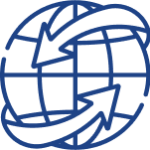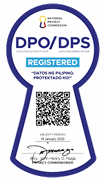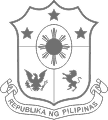Asia Pacific Economic Cooperation (APEC)
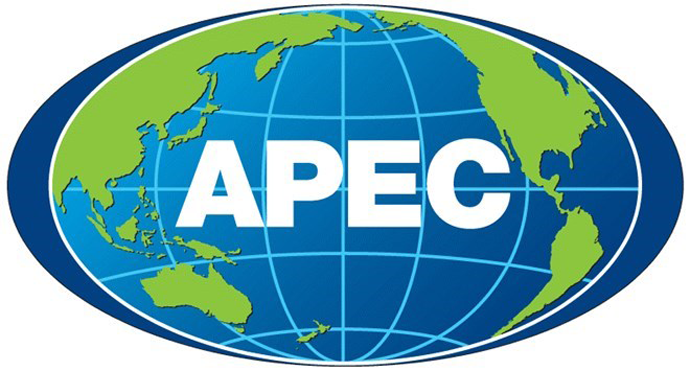 The Asia-Pacific Economic Cooperation, or APEC, was established with the primary objective of supporting sustainable economic growth and prosperity in the Asia-Pacific region by championing free and open trade and investment, promoting and accelerating regional economic integration, encouraging economic and technical cooperation, enhancing human security and facilitating a favorable and sustainable business environment.
The Asia-Pacific Economic Cooperation, or APEC, was established with the primary objective of supporting sustainable economic growth and prosperity in the Asia-Pacific region by championing free and open trade and investment, promoting and accelerating regional economic integration, encouraging economic and technical cooperation, enhancing human security and facilitating a favorable and sustainable business environment.
APEC operates as a cooperative, multilateral economic and trade forum where member economies participate on the basis of open dialogue. All economies have an equal say in discussions and decision-making is reached by consensus. There are no binding commitments or treaty obligations; commitments are undertaken on a voluntary basis.
Since its establishment, APEC has grown to become a dynamic engine of economic growth and one of the most important regional fora in the Asia-Pacific. Its 21 member economies are home to around 2.9 billion people and represent approximately 62 percent of world GDP and 47 percent of world trade in 2022. The Philippines is one of the 12 founding members of APEC in 1989.
APEC works towards economic growth and prosperity in the Asia Pacific region through regional economic cooperation to achieve the APEC Bogor Goals of free and open trade and investment.
Read more on APEC and its functions here.
Membership
APEC has 21 members. The word ‘economies’ is used to describe APEC members because the APEC cooperative process is predominantly concerned with trade and economic issues, with members engaging with one another as economic entities.
The APEC Agenda to 2040
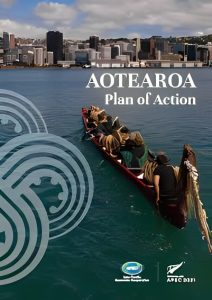 The APEC Putrajaya Vision 2040, adopted by Leaders in 2020, set out a new mission statement for APEC for the next 20 years. The region’s vision is for “an open, dynamic, resilient and peaceful Asia-Pacific community by 2040, for the prosperity of all our people and future generations”. The PV2040 will be achieved through three economic drivers: trade and investment; innovation and digitalization; and strong, balanced, secure, sustainable and inclusive growth. Read the full text here.
The APEC Putrajaya Vision 2040, adopted by Leaders in 2020, set out a new mission statement for APEC for the next 20 years. The region’s vision is for “an open, dynamic, resilient and peaceful Asia-Pacific community by 2040, for the prosperity of all our people and future generations”. The PV2040 will be achieved through three economic drivers: trade and investment; innovation and digitalization; and strong, balanced, secure, sustainable and inclusive growth. Read the full text here.
To guide economies in achieving this goal, APEC endorsed the Aotearoa Plan of Action in 2021 which aims to advance trade and economic growth in the present, while underpinning inclusive and sustainable policies to support future generations. It sets out individual and collective actions towards achieving the PV2040, along with how APEC economy members will evaluate progress. Read the full text here.
The Philippines’ trade and investment relationship with APEC
Majority of the country’s external trade in 2023 were from APEC member countries. PH’s exports to APEC totaled to USD 61,345 Million or 83.33 percent of the country’s exports to the world. Imports summed up to USD 106,432 Million or 84.33 percent share of the Philippines’ total imports.
The country’s top exports to APEC in 2023 were electronic products, manufactured goods, and minerals, among others. The top imported goods from APEC member economies include electronic products, transport equipment, petroleum oils and mineral fuels. Topping the list of the country’s major trading partners within APEC were China, Japan, USA, Korea, Indonesia, Hong Kong, China, and Singapore.
 The Philippines’ participation in APEC provides a platform to enhance economic ties with major trading partners, as well as forge new partnerships with non-traditional markets. Many trade and investment deals have been initiated and signed at the APEC meeting sidelines.
The Philippines’ participation in APEC provides a platform to enhance economic ties with major trading partners, as well as forge new partnerships with non-traditional markets. Many trade and investment deals have been initiated and signed at the APEC meeting sidelines.
Read more on APEC and its work here.
The Philippines’ Chairmanship of APEC in 2015
In 2015, the Philippines chaired APEC under the theme of “Building Inclusive Economies, Building a Better World” which focuses on promoting and advancing inclusive growth in the Asia-Pacific region. Four (4) priorities were identified for 2015:

Enhancing the regional economic integration |
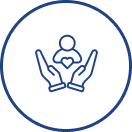
Fostering MSMEs’ participation in regional and global markets |

nvesting in human |
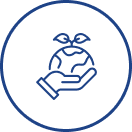
Building sustainable and resilient communities |
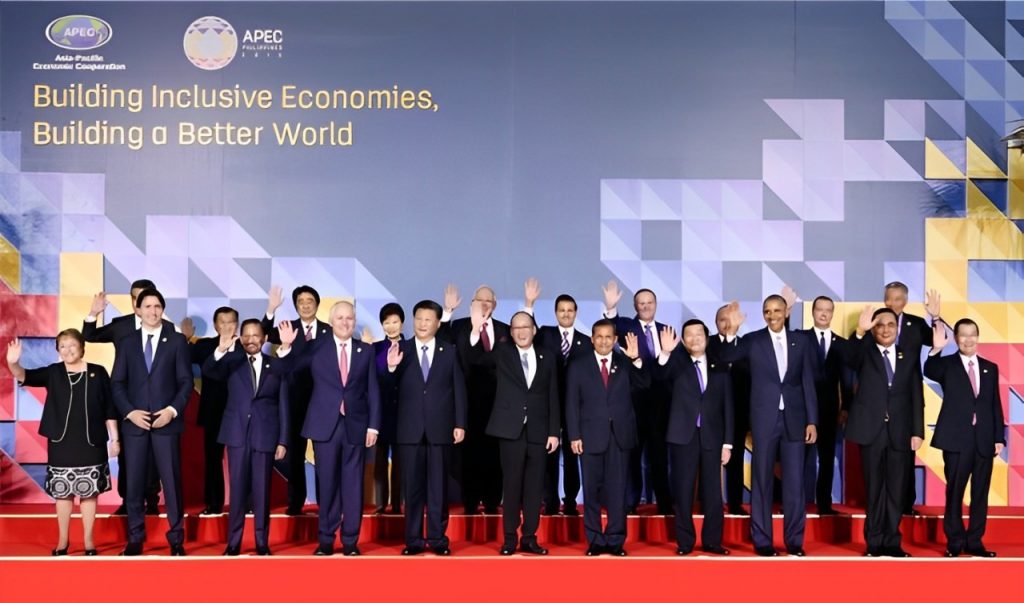 At the conclusion of the year, APEC economies agreed to set forth policy enablers for the integration of micro, small and medium enterprises (MSMEs) in regional and global markets; for building sustainable, and resilient communities; developing human capital; and enhancing the regional economic integration agenda. Members also expressed support for the achievement of quality growth and endorsed a network on services cooperation, recognizing that the services sector represents a significant percentage of businesses in the region.
At the conclusion of the year, APEC economies agreed to set forth policy enablers for the integration of micro, small and medium enterprises (MSMEs) in regional and global markets; for building sustainable, and resilient communities; developing human capital; and enhancing the regional economic integration agenda. Members also expressed support for the achievement of quality growth and endorsed a network on services cooperation, recognizing that the services sector represents a significant percentage of businesses in the region.
In the same year, the Department of Trade and Industry spearheaded the adoption of the Boracay Action Agenda to Globalize MSME initiative or the BAA. The BAA championed MSMEs’ participation in global commerce to foster inclusive growth. The BAA has eight Priority Actions, which can be summarized as trade facilitation, financing, digital economy, institutional support and support for women-led MSMEs. The BAA recognized that MSMEs are significant contributors of economic growth trade, employment, poverty alleviation and innovation, and their internationalization is key to realizing inclusive growth and development.
The Philippines’ Initiatives in APEC
- APEC Trade Repository (APECTR)
The APECTR is an online platform which contains information on market access and trade facilitation regulations/processes for each member economy. The tool seeks to provide timely and accurate information, essentially improving transparency in the region. Access the APECTR here.
- APEC Study on the Maritime Transport Sector in the COVID-19 Era: Challenges, Opportunities, and Way Forward
The study examines the impact of the COVID-19 pandemic in the maritime transport sector, with specific focus on seafarers and other maritime crew on-board ocean-going ships’ working conditions resulting from governments’ cross-border policies/measures implemented. Featuring economy reports of Korea, the Philippines, and the United States, it highlights best practices, barriers and areas for improvement in maritime transport operations. The study builds on the discussion from the APEC Policy Roundtable for the Safe Passage of APEC Maritime Crew held in 2022. The Report is part of the Philippines’ commitment to support APEC in fostering resilient and efficient supply chains in the Asia-Pacific region. Read the full Report here.
- Boracay Action Agenda to Globalize MSMEs (BAA)
Adopted by Leaders in 2015, the Boracay Action Agenda to Globalize MSMEs (BAA) underscores the significance of the participation of MSMEs in global commerce to inclusive growth. It aims to strengthen APEC’s actions in order for MSMEs to harness opportunities presented by open and increasingly integrated markets and to take advantage of new opportunities that allow these enterprises to more significantly participate in global trade. The BAA priority actions cover trade facilitation and customs procedures, transparency in NTMs (PAs 1-4); financing (PA 5); e-commerce and Information and Communications Technology (PA 6); capacity building (PA7); and women led-MSMEs (PA 8). Through the BAA and its implementation plan, APEC sought to foster growth through capacity building programs and recommended trade reforms in the priority areas to facilitating MSMEs’ participation in international trade, whether as part of GVCs or as direct traders/exporters.
The final review of the Boracay Action Agenda Study Report can be accessed here.






















